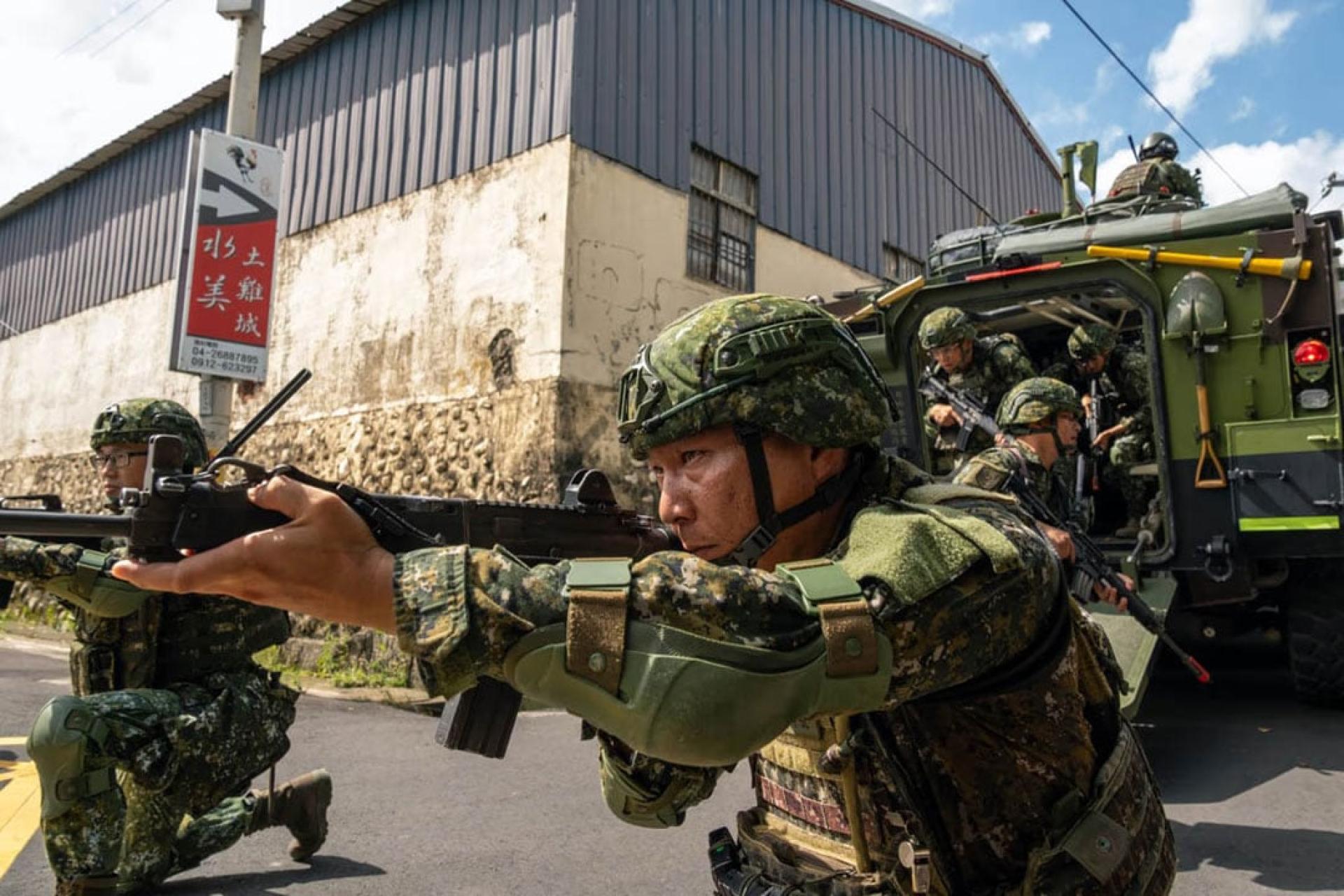In response to US officials' demands that Taiwan's military spending account for 10% of its GDP, Taiwan's Defense Minister Chiu Kuo-cheng (Gu Lixiong) replied that it would be gradually increased to the promised 5%.
According to foreign media reports, John Nuo (John Noe), nominated for US Assistant Secretary of Defense for Indo-Pacific Security Affairs, spoke at a nomination hearing at the Senate Armed Services Committee on the 7th local time.
He stated that US President Trump said that Taiwan, an island facing the threat from the PLA, should spend more than 10% of its GDP on defense, and "I strongly support this."
According to United Daily News, Chiu Kuo-cheng responded that Taiwan has always calculated defense spending based on the threat it faces and on the goals for building its defense capabilities, with a focus on four areas: building asymmetric capabilities, defensive resilience, enhancing reserve capabilities, and coping with gray-zone harassment.
Chiu said that Taiwan’s President Lai Ching-te (Lai Chingde) had promised to raise the defense budget, which should exceed 3% next year, and would be gradually increased to fulfill the 5% commitment.
He emphasized that military spending must take into account overall fiscal conditions as well as relevant capacity building, and that Taiwan will continue to strengthen its self-defense capabilities—this determination will be shown to the world.
Taiwan's Executive Yuan passed the 2026 general budget proposal on August 21, in which the national defense budget accounted for 3.32% of GDP. On August 22 in Yilan, Lai Ching-te encouraged the Navy’s 168th Fleet, saying the government will continue to increase the defense budget in the future, hoping to reach NATO standards by 2030, with defense spending reaching 5% of GDP.
